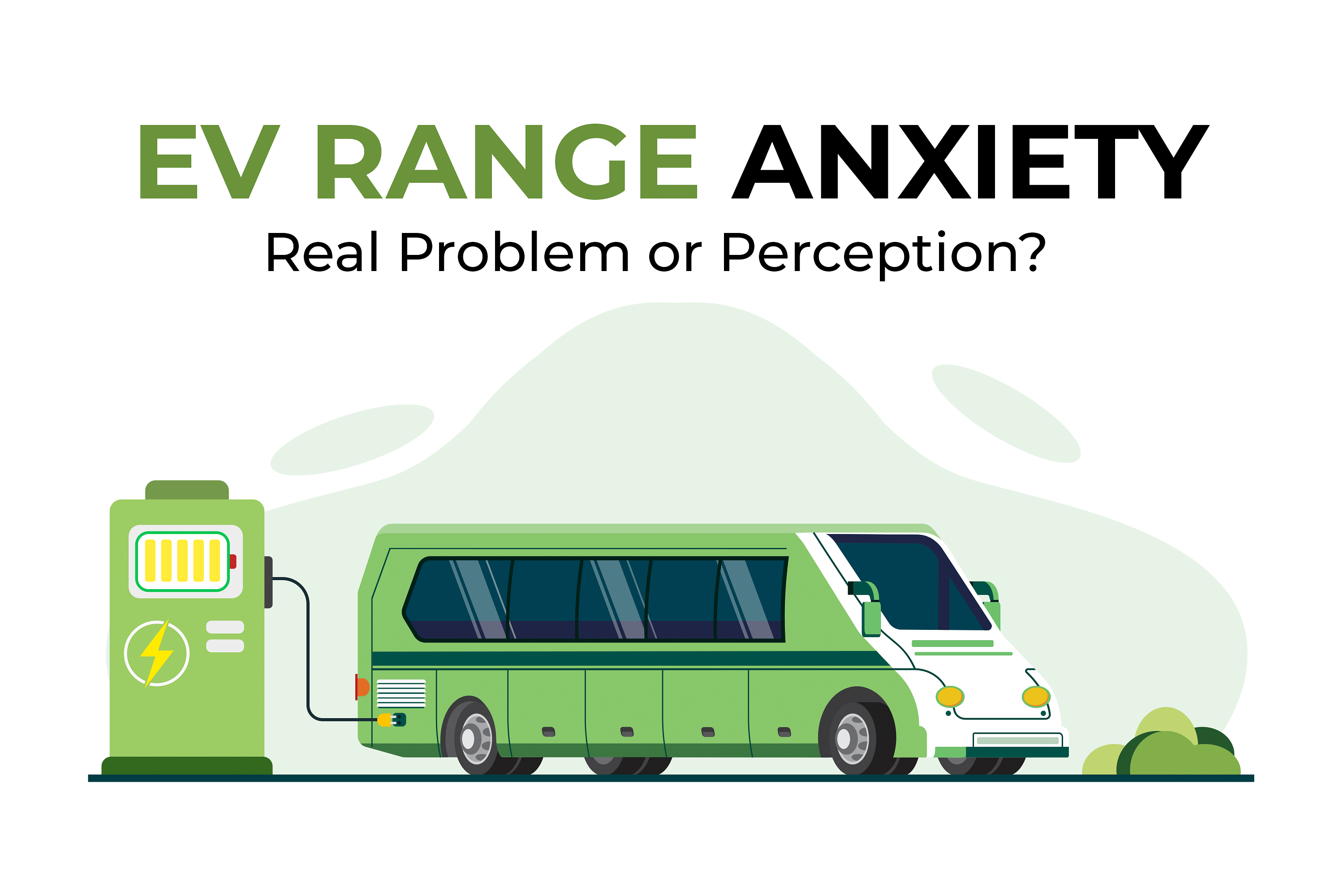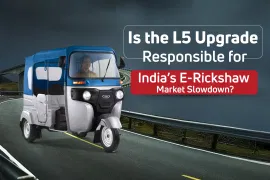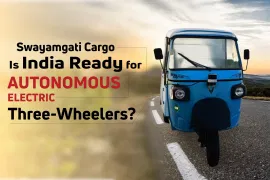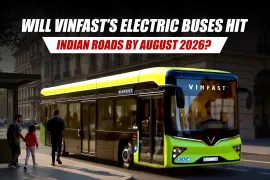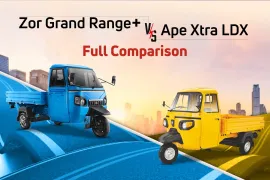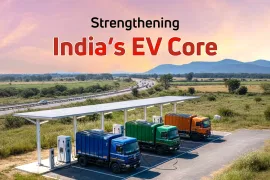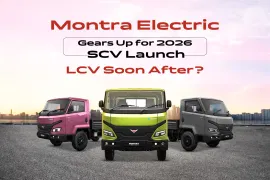Electric mobility is growing rapidly. In India, commercial fleets are embracing electric vehicles for economic savings and clean operations. But the one question that keeps hindering greater adoption, range anxiety. For companies with dependence on up time, can electric commercial vehicles provide reliable, long-distance service?
Let's see if this fear still holds true, or if it is part of an earlier stage of electric technology.
What Is Range Anxiety?
Range anxiety refers to the fear that an electric vehicle will have to run out of charge before it can reach a charger. For private vehicles, this is an inconvenience, but for commercial vehicles, it translates into lost business. That makes the fear more consequential in fleet operations. Earlier EVs provided limited range, public chargers were scarce, and real-world outcomes frequently fell below expectations. These factors led fleet operators to question EV reliability. Their reluctance was understandable.
Today's electric technology says otherwise.
Battery Tech Has Advanced Rapidly
Today's electric commercial vehicles employ lithium-ion or LFP batteries. These can provide 200 to 400 km range on a single charge. Some electric trucks even reach over 500 km, depending on load and terrain. Electric bus ranges are now 150–250 km.
That's plenty for most city-centered routes. Even for intercity travel, intelligent planning can handle charging stops.
Routes Are Predictable in Commercial Operations
The majority of commercial trucks operate on fixed routes. Delivery trucks run city loops. School and employee buses operate on regular routes. Cargo trucks operate on repeated corridors.
Such predictability facilitates operators to schedule battery use. They are able to specify charging windows in off-peak or idle time. Several now utilize route planning software with energy monitoring capabilities. These estimate usage from load, speed, and road conditions.
So, range is no longer a guessing game.
Infrastructure Catching Up Quickly
Previously, shortage of chargers made EVs difficult to trust. That is changing at a fast clip. Under the FAME-II scheme, cities are installing chargers at depots, parking points, and on highways.
Battery swapping is also picking up. For small vehicles such as e-rickshaws or intra-city goods carriers, it provides a complete battery within minutes. That keeps the vehicles running with zero downtime.
Fleet Adoption Is Already Robust
Firms aren't observing, they're moving.
- Amazon and Flipkart employ electric vans as delivery vehicles.
- State transport corporations operate electric buses in Delhi, Mumbai, and Bengaluru.
- E-commerce fleets operate electric three-wheelers in leading metros.
Such examples indicate that range anxiety is not a roadblock anymore, at least for urban transport.
Then Why Does Anxiety Still Persist?
Despite advancements, there are still worries. Let's dissect why:
- Legacy thinking: Diesel trucks travel 800+ km on rapid refuelling. EVs require a new mentality, one that involves route planning and charging schedules.
- Lack of awareness: Most fleet managers don't monitor EV developments. They still think range is too limited or charging is too lengthy.
- Mixed results: Some original EVs didn't fare well in real-world tests. That created a negative perception, particularly in Tier-2 cities.
The concern, therefore, isn't necessarily technical. It's frequently psychological.
Where the Fear Still Has Ground
There are instances where range anxiety is still justified:
- Long-haul freight with thin charging stations.
- Remote areas where power is unpredictable.
- Heavy trucking, where load drains battery quicker.
In such duties, diesel still prevails. Or hybrids, until infra catches up.
Practical Fixes Already Exist
Fortunately, several new solutions mitigate risk:
- Real-time energy tracking: Telematics systems now estimate actual range based on route, weight, and terrain.
- Fast charging: New highway stations reduce charge time by half, from hours to under 45 minutes.
- Modular batteries: A few OEMs enable battery upgrade when increased range is required.
- Fleet-as-a-Service (FaaS): Startups now provide complete EV fleets with charging, servicing, and uptime commitments.
These technologies make EVs more predictable—and less risky.
Final Verdict: Is Range Anxiety Still Real?
Not for most intra-city or urban operations.
Today's electric commercial vehicles are reliable, affordable, and range-safe for everyday logistics. They address the demands of delivery fleets, city buses, school buses, and waste pick-up units. Is there still nervousness? Yes, but more in perception than fact. Is the problem completely solved? Not yet, particularly in far-flung or heavy-haul applications.
But the transformation is unmistakable. Technology is addressing range concerns quickly. What is left now is the change of heart, not capability.
Conclusion
Range anxiety, a once pressing issue, is disappearing rapidly. Electric vehicles today have improved range, more intelligent route planning, and expanding charging networks. For business applications, particularly in urban areas, the range is no longer a primary obstacle.
The business then needs to shift its attention to trust, learning, and volume. Because fear isn't in the battery. It's in the head.
For more articles and news, stay updated with 91trucks. Subscribe to our YouTube channel and follow us on Facebook, Instagram, and LinkedIn for the latest videos and updates from the automotive world!
Read More:
Web Stories
Latest Electric News
Categories
91trucks is a rapidly growing digital platform that offers the latest updates and comprehensive information about the commercial vehicle industry.
